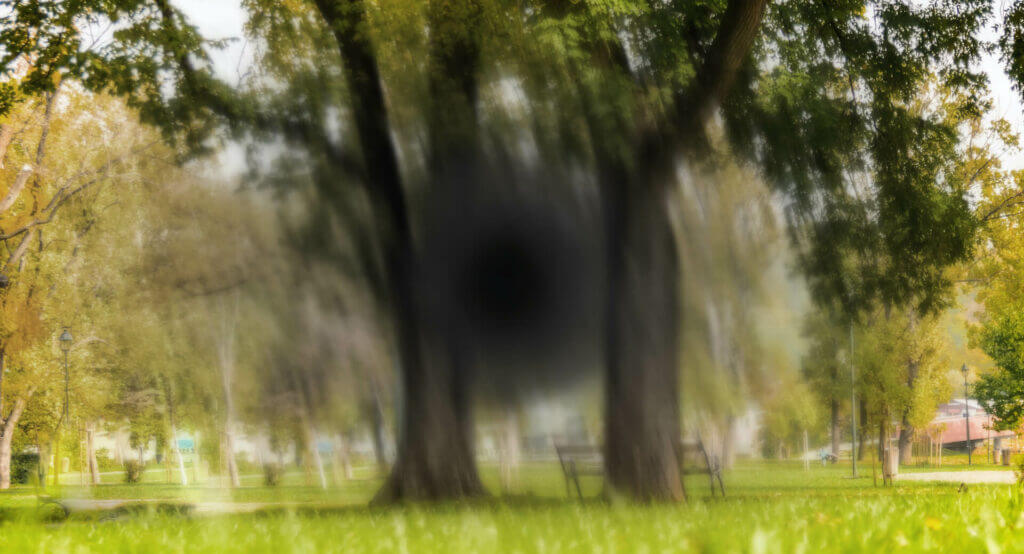Age-Related Macular Degeneration (AMD)
Age-related macular degeneration is the leading cause of visual loss and legal blindness in people over 50 years of age and is more common in Caucasian patients. It is caused by the breakdown of the central portion of the retina, called the macula. (The retina is a highly sensitive part of your eye that works like the film in a camera to pick up the picture). The macula is responsible for the fine central vision in the eye that is needed for driving a car, reading fine print, recognizing faces, etc. There are two types of macular degeneration: dry and wet.

Dry macular degeneration (also called atrophic age-related macular degeneration) is caused by aging and thinning of the retina in the macular region, similar to the way your skin gets thinner as you age. Most patients diagnosed with macular degeneration have the dry form. Loss of vision with dry AMD is usually gradual.
Wet macular degeneration (also called exudative age-related macular degeneration) is the more advanced form of the disease and accounts for approximately 10% of all AMD cases. In this form, abnormal blood vessels grow in the back of the eye. Sometimes these vessels leak blood or fluid that cause blurred or distorted vision. Without treatment, visual loss may be quick and severe.
The cause of macular degeneration is not known and no cure is available, however, new research has shown effective treatments, especially for the wet form of the disease. Your doctor may suggest intraocular injections of medication or a form of laser treatment if you are diagnosed with wet AMD. Vitamin supplementation has also been shown to slow the progression of AMD.
